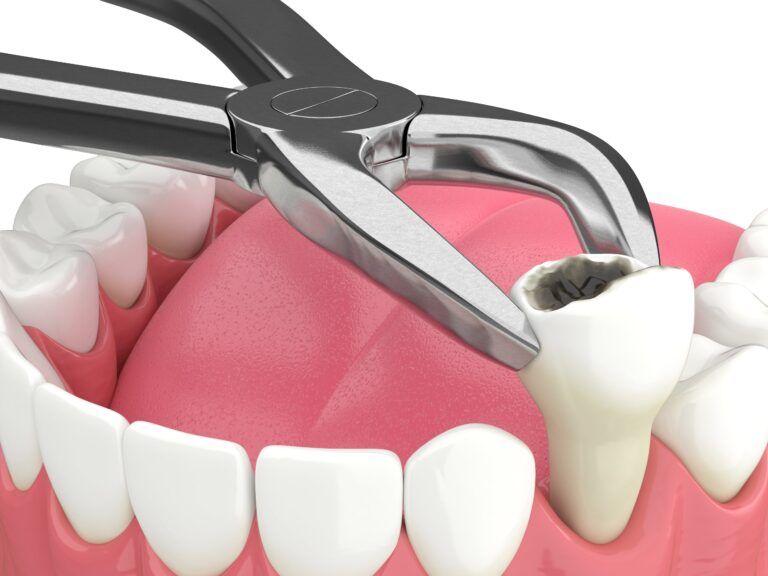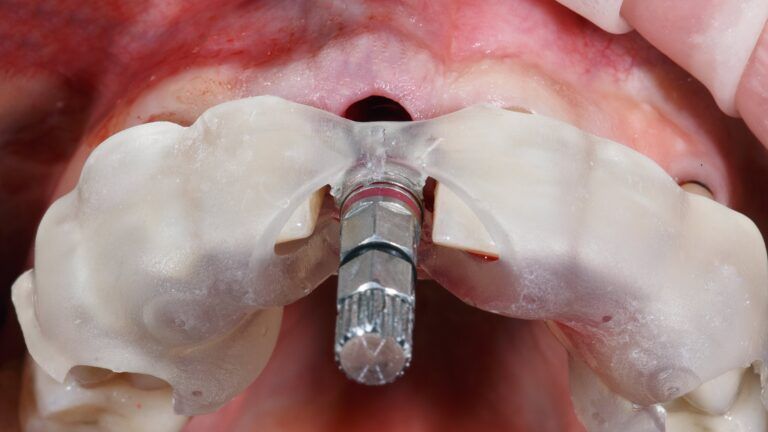If you’ve been told that you don’t have enough bone mass to place traditional dental implants, don’t worry! You may still be a candidate for zygomatic implants. Zygomatic implants are a new type of implant that is gaining popularity due to their many benefits. In this blog post, we will discuss what zygomatic implants are, how they differ from traditional dental implants, and why they are an ideal choice for people with low bone mass in the upper jaw. We will also describe the process of having zygomatic implants placed in detail from start to finish. So if you’re looking for an alternative to traditional dental implants, keep reading!
What are zygomatic implants?

Zygomatic implants are a new type of implant that is placed in the cheekbone, or zygomatic bone, instead of the jawbone. Zygomatic implants are made of titanium, just like traditional dental implants, and they are placed in the same way. The main difference is that zygomatic implants are longer than traditional dental implants so that they can be anchored into the cheekbones.
Zygomatic implants are an ideal choice for people with low bone mass in the upper jaw because they don’t need to be anchored in the jawbone. Unlike the jawbone, the cheek bone does not lose bone mass due to tooth loss or periodontal disease, and provides a strong anchor point for zygomatic implants. When having zygomatic implants placed, this means that there is no need for additional bone augmentation procedures.
What is the process of having zygomatic implants placed?
The process of having zygomatic implants placed is similar to the process of having traditional dental implants placed. Here are the various steps associated with having zygomatic implants placed:
Consultation

During your consultation, your dentist will determine if you are a candidate for zygomatic implants. This will involve performing an examination of your teeth and gums, and looking at your medical history. They will also take dental x-rays and CBCT scans to assess the condition of your jawbone. Dental x-rays will show your dentist your underlying bone structure and density, while a CBCT scan will show them information on the underlying bones, nerves, blood vessels, and soft tissues. Together, these diagnostic imaging techniques allow your dentist to determine if you are an ideal candidate for zygomatic implants.
Treatment Planning
Once it has been determined that you are a candidate for zygomatic implants, your dentist will develop a treatment plan. This treatment plan will outline the steps that need to be taken in order to place the implants. It will also include a timeline of when each step needs to be completed. In some cases, the treatment plan may be discussed during the same appointment as your consultation. While your exact treatment experience may vary from the proposed treatment plan, having a treatment plan gives you a better idea of what to expect throughout the process of getting zygomatic implants.
Surgical Procedure
The surgical procedure to place zygomatic implants is typically performed under general anesthesia. This means that you will be asleep during the surgery and will not feel any pain. During the surgery, your surgeon will make an incision in your upper gums and place the zygomatic implant into the bone. Generally speaking, zygomatic implants are placed around the upper bicuspids. These ultra-long implants are inserted at a slight angle in order to allow them to follow the sinus cavity until the zygomatic bone is found.
This process is repeated on the other side of the mouth. During the surgery, 1-2 zygomatic implants are placed and around 2-4 traditional implants are also placed. Unlike the zygomatic implants, however, the traditional implants only fit into the jaw bone. After all the desired implants have been placed, the gums will be sutured around the abutments connected to the implants. A temporary restoration may also be placed to maintain the look and function of your smile while your mouth heals.
Recovery
After the surgery, you will be monitored as the anesthesia wears off. Once your anesthesia has worn off and you are feeling well enough to leave, you will be able to go home, however you will need to have a driver present. It is important to rest and avoid strenuous activities for the first few days after the surgery. You may also experience some swelling, bruising, and pain during this time. These side effects are normal and will subside with time. Although the surgical sites will heal within 1-2 weeks, you will need to eat soft foods for the first few weeks to months to allow the underlying structures to completely heal.
Follow-Up Appointments

You will need to have follow-up appointments to check on the healing process and to ensure that the implants are integrating properly into the bone. During these appointments, your dentist will also assess the condition of your gums and make sure that there is no sign of infection. In some cases, a minor surgical procedure may be necessary to expose the implant so that it can be connected to an abutment.
Final Restoration
Once the zygomatic implants have healed and integrated into the bone, you will need to have a final restoration placed. Your final restoration will be custom-made to be both functional and aesthetic. The type of restoration you receive will depend on your individual needs and preferences. This will usually be discussed during your initial consultation or treatment planning phase.
In Conclusion
In this blog post, we have discussed what to expect when having zygomatic implants placed. We have covered the consultation process, the surgical procedure, and recovery. By understanding what to expect throughout the process of getting zygomatic implants, you can be better prepared for your surgery. Zygomatic implants are a great option for people who have been told they don’t have enough bone mass for traditional dental implants. If you are considering zygomatic implants, be sure to consult with a qualified implant dentist to discuss your options. Thanks for reading!

Irfan Atcha, DDS, DICOI, DADIA at New Teeth Chicago Dental in Chicago, Illinois is a board-certified general dentist and a nationally recognized expert in dental implants, cosmetic dentistry, and sedation dentistry. Dr. Atcha is now serving patients in Naples, Bonita Springs and SW FL area with All-on-4 implants, teeth-in-a-day, same day dental implants and the complex zygomatic dental implants for the no-jaw bone solution approach. To schedule a consultation please email Dr. Atcha at teethforyou@gmail.com.





